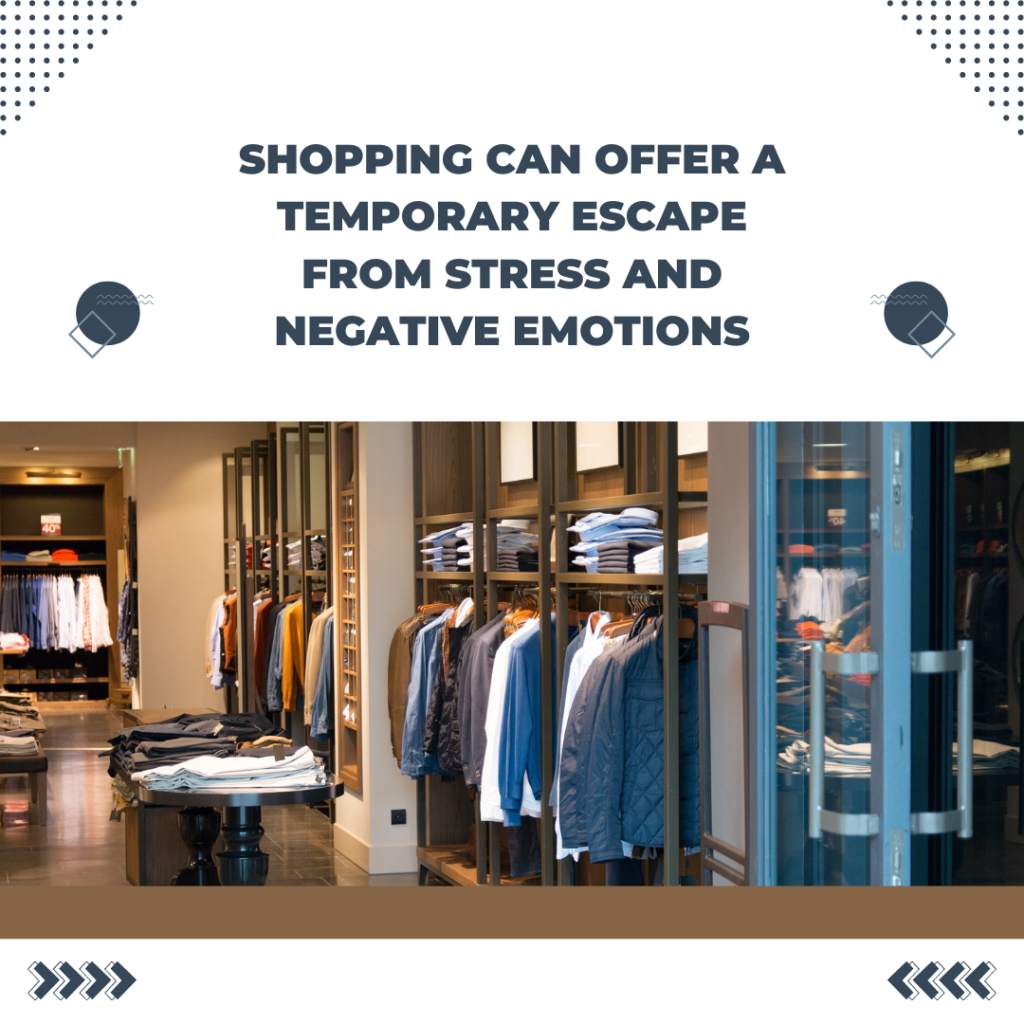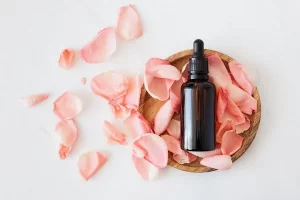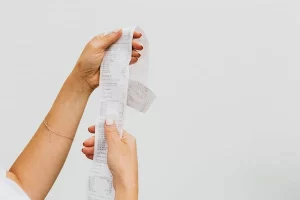
Retail therapy, the act of shopping to improve one’s mood or alleviate stress, is a popular coping mechanism for many. The concept seems appealing—buying new clothes or gadgets can provide an instant rush of happiness and a temporary distraction from life’s troubles. However, this seemingly harmless indulgence can sometimes backfire, leading to increased stress and financial strain. Understanding the darker side of retail therapy is crucial for maintaining a healthy balance in your shopping habits.
The premise of retail therapy is simple: buying something new can trigger a release of dopamine, the brain’s “feel-good” neurotransmitter. This quick boost can be particularly alluring when faced with stress or emotional distress. For a short period, the excitement of acquiring a new item can serve as a distraction from negative feelings or challenges. However, this relief is often fleeting and may be followed by a cycle of temporary satisfaction and eventual regret.
One of the major pitfalls of retail therapy is its potential to create a cycle of dependency. What starts as an occasional splurge can quickly escalate into a habitual behavior where shopping becomes a primary coping mechanism. This dependency can lead to excessive spending, resulting in financial problems and increased stress. The initial pleasure derived from a purchase may soon give way to anxiety over mounting debt and financial instability.
Moreover, the transient nature of retail therapy means that the relief it provides is short-lived. The initial euphoria of a new purchase often fades, leading individuals to seek out additional shopping experiences to replicate the positive feelings. This cycle can become self-perpetuating, with individuals continually seeking the next purchase to overcome their stress, only to find themselves in a perpetual state of dissatisfaction.
The impact of retail therapy on mental health extends beyond financial concerns. While shopping might provide a temporary escape from emotional distress, it does not address the root causes of stress or anxiety. This avoidance strategy can prevent individuals from dealing with underlying issues, such as relationship problems, work-related stress, or unresolved personal concerns. As a result, individuals may find themselves caught in a cycle of temporary relief followed by the return of their original stressors.
Furthermore, the commercialization of retail therapy can exacerbate the problem. Advertising and marketing strategies often portray shopping as a cure-all for emotional woes, creating a narrative that equates consumerism with happiness. This can contribute to unrealistic expectations and reinforce the belief that material possessions are a solution to personal problems. As a result, individuals may feel compelled to continue shopping in an attempt to meet these unrealistic standards of happiness.
To mitigate the negative effects of retail therapy, it is essential to develop healthier coping mechanisms. Instead of relying on shopping to manage stress, consider exploring alternative strategies such as exercise, mindfulness, or engaging in hobbies. Building a support network of friends, family, or a therapist can also provide valuable emotional support and guidance.
In summary, while retail therapy can offer a temporary escape from stress, it is important to recognize its potential downsides. The fleeting nature of the relief it provides, coupled with the risks of financial strain and dependency, can ultimately contribute to increased stress and dissatisfaction. By adopting healthier coping strategies and addressing underlying issues, individuals can better manage their stress and find more sustainable sources of happiness and fulfillment.


 Besides visual stimulation, shopping can give you another type of escape. With that, go on a hunt for the perfect item, which can make shopping a real adventure. For example, if you are searching for a home décor item, give yourself a challenge to find something unique and inspiring. Remember to look not only for the item that meets your criteria, but consider the feeling or emotion you get when looking at a particular item. This type of shopping can provide another type of satisfaction when you bring home the item that not only meets your needs, but also makes you feel like you’ve accomplished something.
Besides visual stimulation, shopping can give you another type of escape. With that, go on a hunt for the perfect item, which can make shopping a real adventure. For example, if you are searching for a home décor item, give yourself a challenge to find something unique and inspiring. Remember to look not only for the item that meets your criteria, but consider the feeling or emotion you get when looking at a particular item. This type of shopping can provide another type of satisfaction when you bring home the item that not only meets your needs, but also makes you feel like you’ve accomplished something.


